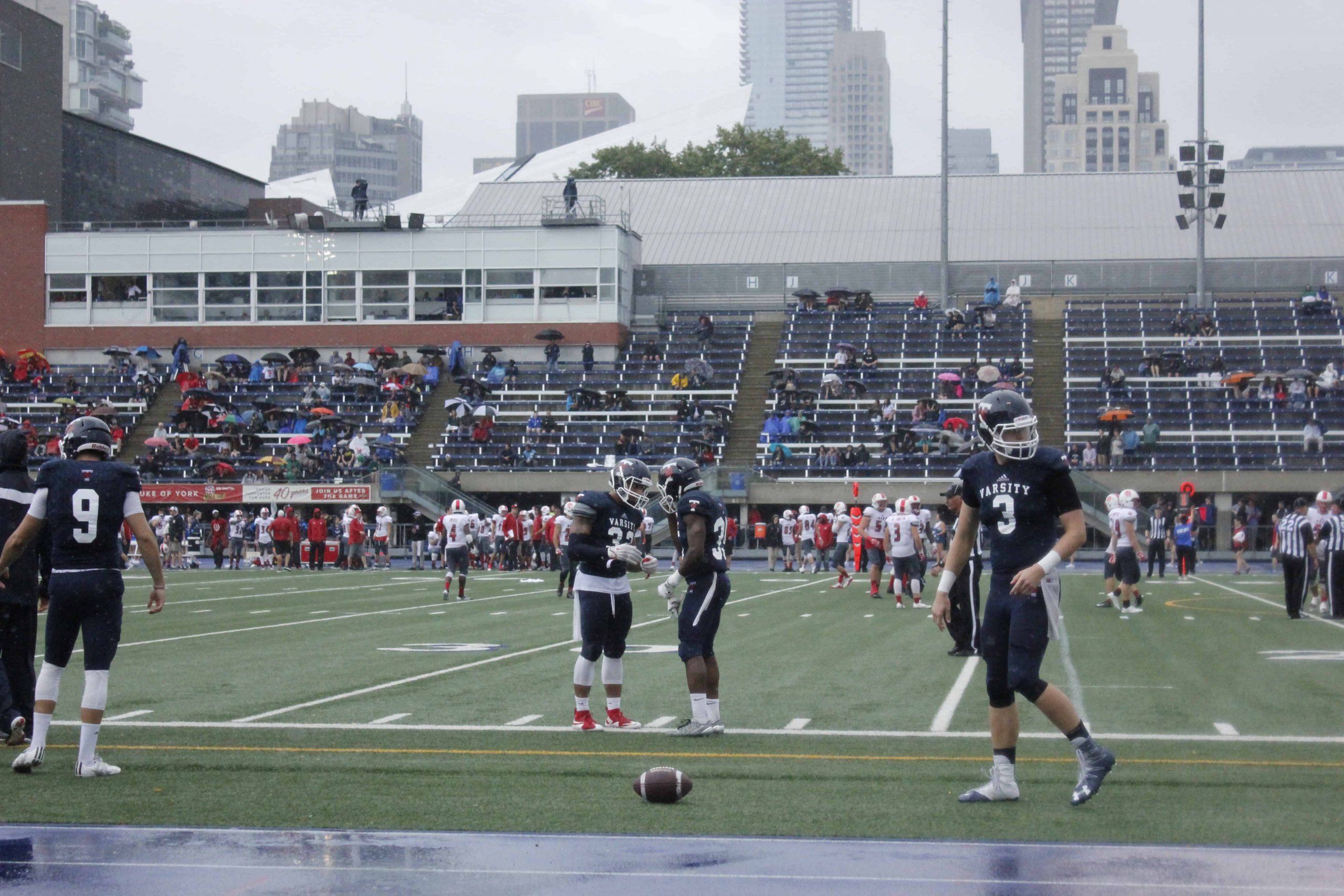The streets of Lincoln, Nebraska are empty on game day. The normally bustling college town of 277,346 comes to a standstill when the Huskers are in town, as do the nearby cities of Omaha, Bellevue, and Grand Island.
Nebraska residents statewide funnel into Memorial Stadium, home of the University of Nebraska Cornhuskers, to watch the football team play. These fans are diehard; they don’t miss a game. That is not hyperbole, as the Huskers have sold out every home game since 1962. When Memorial Stadium is at capacity, it holds more than the third largest city in the state.
Why hasn’t U of T produced the same kind of fandom? For a variety of reasons, students and community members simply do not show up en masse, as they do to watch the behemoth that is National Collegiate Athletic Association (NCAA) football.
Certainly, this is due in part to the historical emphasis placed upon college football in the US. The games have bled into the culture surrounding these schools. They are more than just sporting events: they are social outings. University of Wisconsin graduate Kristy Stevlingson believes that part of the reason NCAA football is so popular is due to the social aspect. “The atmosphere for football games is fantastic,” says Stevlingson. “There’s lots of excitement and energy regardless of people’s knowledge of the game.”
Varsity Blues football faces other challenges compared to NCAA football. For many of the major American football schools, their teams are the only highlight for miles around. South Bend, Indiana; Ann Arbor, Michigan; and Columbus, Ohio are geographically remote in comparison to other centres of entertainment. In Toronto, the Varsity Blues compete for attention with major professional franchises, a thriving culinary sector, various museums, art districts — the list could go on.
Furthermore, there is an inherent difficulty in getting word out to a student body that is composed of many colleges across three campuses. The student body is also largely composed of academically focused individuals: convincing someone with those priorities to take a three hour break to watch a football game — with midterms approaching, no less — is no easy feat.
Perhaps the biggest obstacle is the simplest one: money. The Varsity Blues marketing division works hard with what they have. Manager of Events & Marketing Mary Beth Challoran says that they try to promote interest with the funds they have available. For example, the tickets are free for students; the games each have a theme — this week’s theme was homecoming; and there are in-game giveaways for spectators.
During the first week of school, varsity athletes help new students move in to their residences in order to familiarize the student body with the athletes and provide them with an athletic calendar.
Last Saturday, the Varsity Blues football team took on the York University Lions in the annual battle for the Argo Cup — this year was the forty-seventh iteration of the rivalry. In recent years, the Blues have dominated the cup, winning seven of the last eight contests.
It was a dreary afternoon with intermittent showers and overcast skies. The weather has done the team no favours in terms of attendance so far this year: a previous game was delayed due to lightning; last Saturday’s game was played in sheets of rain.
After a sloppy start to the game, which saw repeated punts, the game hinged on a blocked punt, which set the Blues up deep in York territory. Quarterback Marcus Hobbs punched in a five-yard touchdown to open the scoring.
The Lions, however, were never far behind. The Blues would pull ahead, only to see York remain within striking distance. The Blues pulled away late in the game, cruising to a 45–18 win and their fourth straight Argo Cup victory.
The poor weather conditions favoured U of T’s heavy rushing attack. Running back Alex Malone was, as usual, a powerhouse, rushing for 155 yards on 29 carries. When Malone needed a break, backup Kaleb Leach filled in admirably, finishing with 112 yards on 16 carries.
Hobbs finished the game with five touchdowns, three of which came on the ground. In spite of the conditions, York quarterback Brett Hunchak finished with 315 yards, completing 25 of 39 passes. In the backfield, York running back Kayden Johnson, finished with 207 yards on 32 carries — an Argo cup record.
It wasn’t like Memorial Stadium — not even close. But considering that U of T football boasts free events that provide students with a study break, free food, and the opportunity to win prizes in-game, attending a Blues game is a pretty good deal.
You can catch their next home game on October 6 at 7:00 pm, when the Blues take on Laurier. It’s a rematch of the last game the Blues sold out, which was back in 2014.


